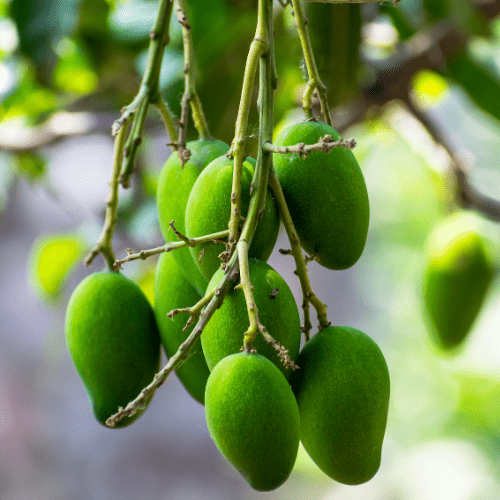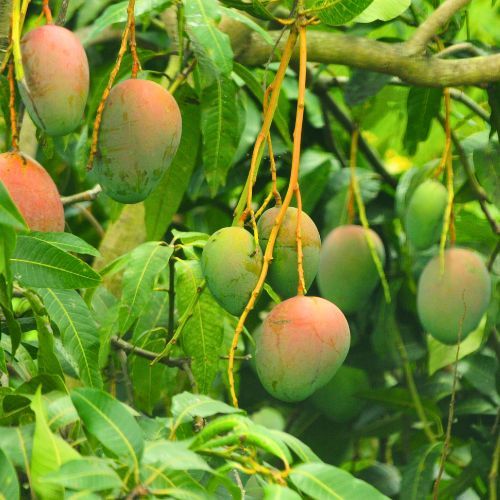Position
Full sun. At least 6 – 8 hours daily. Cannot tolerate cold or frost, so essential to cover in cooler areas.
Soil
Prefers well-drained, loamy, or sandy soils rich in organic matter. Adding half a bag of Volcanic Rock Dust (R25 per bag) and a bag of Superfrass (R25 per bag) will assist in rapid growth.
Watering
Regular, consistent moisture is crucial for the plant’s health. Avoid waterlogging, as it can lead to root rot. Do not allow the roots to dry out, as this can cause the plant to wilt and die.
Mulching
Add a thick layer of pine bark mulch, keeping it about 20 to 30 centimetres away from the tree trunk (any closer may cause excess moisture and damage the trunk). Pine Bark mulch helps retain moisture in the soil and prevents weeds.
Fertilising
Apply one teaspoon every 4-5 months of our slow-release all-plant fertiliser. The roots will absorb what they need.
Pruning
Prune in winter (dormant season) to remove dead wood and shape the tree. Typically grows to metres tall but can be pruned to remain compact for smaller gardens. Train as an open centre (vase shape) for good light penetration and air circulation.
Practice good garden hygiene (remove fallen fruit and leaves).
Pests & Diseases
Susceptible to powdery mildew and pests like mango fruit fly, mealybugs, and aphids. Pests and diseases can impact fruit yield and tree health. Preferably use preventative measures by spraying with agricultural Neem Oil or Effective Microorganisms (EM Control)
Harvesting
Ngowe mango fruits have bright yellow-orange skin when ripe. Ripen at room temperature, and the pulp has a slight give when pressed for maximum sweetness and juiciness. These mangos will stay fresh for several days if stored in the refrigerator.








